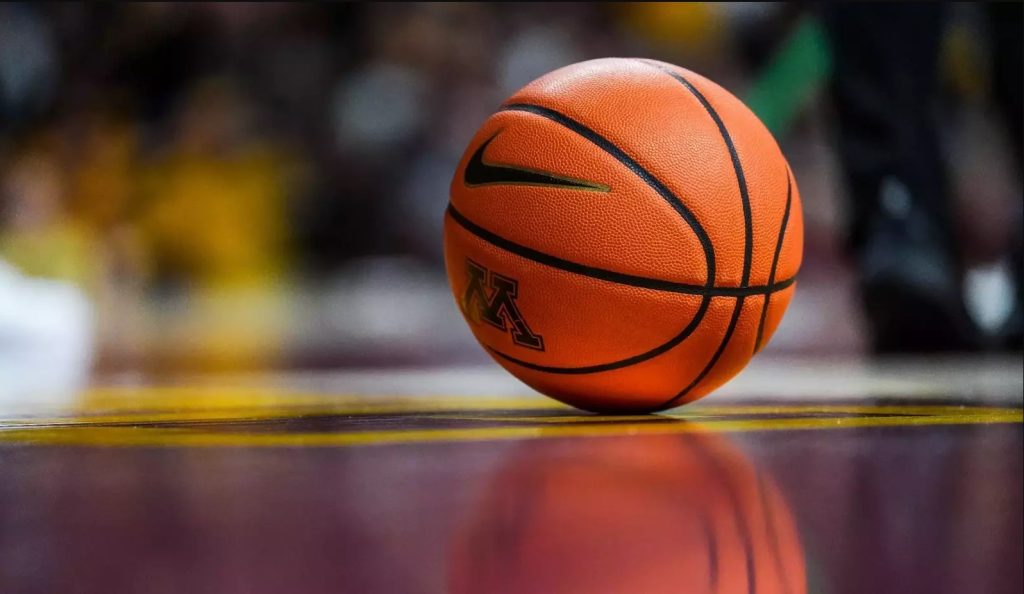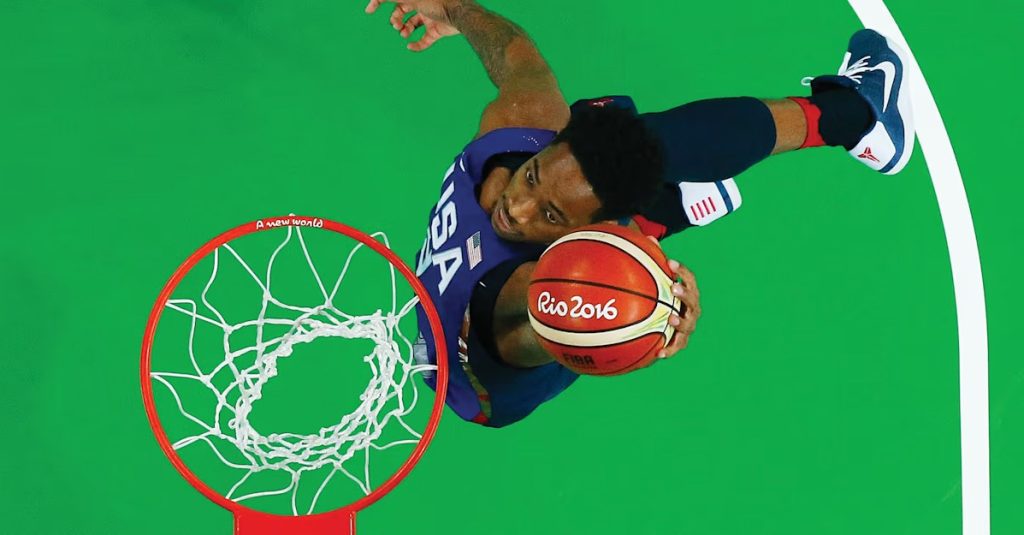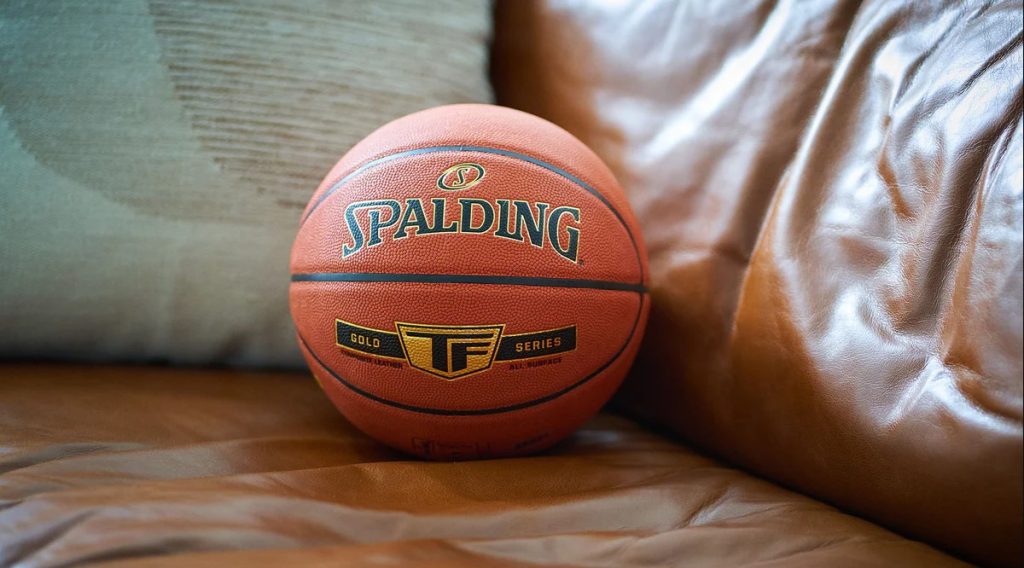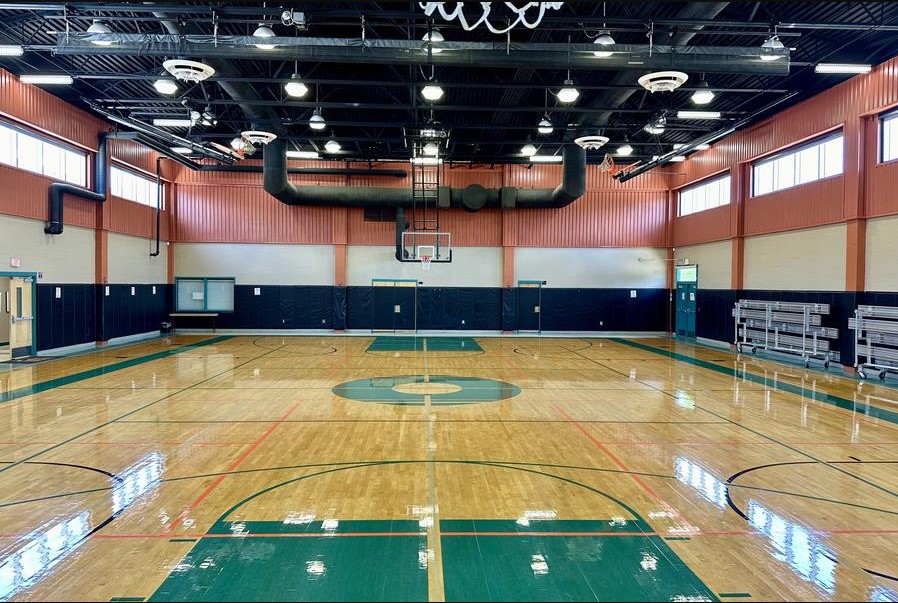In basketball, the ability to change direction quickly and evade defenders is one of the key factors that separate good players from great ones. This maneuver is not just about speed but also requires a combination of mental focus, coordination, and agility. When a player changes direction quickly to avoid a defender, they are demonstrating a key skill-related fitness component known as agility.

Table of Contents
In this article, we will explore what agility is, how it works in basketball, and why it is crucial for a player’s performance. We’ll also look at other skill-related components involved in effective basketball movement and how players can improve their agility to enhance their overall game. Let’s break down the importance of agility, its impact on performance, and the factors that contribute to mastering quick directional changes in basketball.
What Is Agility?
Agility is the ability to change direction rapidly and accurately while maintaining control of the body. It is a skill-related fitness component that plays a critical role in almost every sport, particularly in basketball, where quick movements and the ability to avoid defenders are essential to success. Agility involves a combination of speed, balance, coordination, and reaction time.
Key Factors Involved in Agility:

| Factor | Description |
|---|---|
| Speed | How fast an athlete can move in a given direction. |
| Balance | Maintaining stability while moving or changing direction. |
| Coordination | The ability to control body movements efficiently and effectively. |
| Reaction Time | The speed at which an athlete responds to a stimulus (such as a defender’s movement). |
Agility in Basketball
In basketball, agility is demonstrated in actions such as dribbling, pivoting, cutting, and accelerating past defenders. A player needs to be able to quickly change direction, whether it’s to drive to the basket, escape a defensive trap, or switch from offense to defense. The best players are able to execute these moves with fluidity, balance, and speed, all of which contribute to maintaining control of the game.
Agility in Basketball: The Importance of Quick Directional Changes
In basketball, quick changes of direction are often made in response to a defender’s movements or an offensive play. A player’s ability to make these adjustments, while maintaining control of the ball and their body, is crucial for offensive success and defensive efficiency.
When a player makes a quick cut or dodge, they are displaying their ability to evade a defender, create space, and capitalize on openings. Whether they’re performing a crossover dribble to fake out the defender or using a jab step to get a clean shot off, all these actions require excellent agility.
Types of Directional Changes in Basketball
| Directional Change | Description | Common Basketball Movements |
|---|---|---|
| Cutting | Quickly changing direction to get open for a pass or drive. | Cutting to the basket after a screen. |
| Crossover Dribble | Changing direction with a dribble to move past a defender. | A classic move to fake out a defender. |
| Spin Move | Rotating the body to change direction while maintaining ball control. | A quick 360-degree spin to evade a defender. |
| Jab Step | A quick step in one direction to throw off the defender’s timing. | Often used to create space for a shot. |
Agility in Offensive and Defensive Plays
Offensive Plays: Agility allows offensive players to break free from defenders, make quick drives to the basket, and create opportunities for teammates. Without agility, a player will struggle to shake off defenders and may miss valuable scoring chances.
Defensive Plays: Defensive players use agility to keep up with offensive players, react to ball movement, and close out on shooters. The ability to change direction quickly while maintaining proper defensive stance is vital for staying in front of an offensive player.
Other Skill-Related Fitness Components in Basketball

While agility is critical for directional changes, it’s not the only skill-related component that plays a role in basketball. Let’s take a look at the other skill-related components that contribute to overall basketball performance:
1. Balance
Balance is the ability to maintain stability while moving or during a pause. In basketball, balance is necessary when shooting, jumping, landing, and pivoting. Proper balance ensures that a player can execute their moves without losing control of their body, which is particularly important when absorbing contact or adjusting to a defender’s movement.
2. Coordination
Coordination refers to the ability to synchronize movements of the body in a smooth and controlled manner. In basketball, coordination is crucial for dribbling, passing, shooting, and defending. Athletes must be able to control their limbs, body, and the basketball simultaneously, making it a fundamental skill for success.
3. Power
Power combines strength and speed to generate force. It’s necessary for actions like jumping for rebounds, blocking shots, and driving to the basket with force. Power plays a role in both offensive and defensive maneuvers and is often closely related to explosiveness.
4. Reaction Time
How to Improve Agility for Basketball
Developing agility is crucial for improving your basketball performance. Here are some training methods and drills designed to help basketball players enhance their agility:
1. Cone Drills
Cone drills are one of the most effective ways to improve agility. By running around cones in specific patterns, players can increase their ability to change direction quickly. A common drill is the T-drill, where players sprint, shuffle, and backpedal between cones to simulate quick directional changes in a game.
2. Ladder Drills

Ladder drills help to improve footwork, speed, and coordination. The player moves through a speed ladder, using rapid, precise footwork to simulate quick changes in direction and control.
3. Suicide Sprints
Suicide sprints, also known as line drills, are used to improve speed, endurance, and agility. Players sprint to a series of lines on the court and back, which enhances cardiovascular fitness while encouraging quick directional changes.
4. Plyometric Exercises
Plyometrics, or jump training, increase explosive power, which can be transferred to quick directional changes. Box jumps, squat jumps, and lunge jumps help build lower body strength, which is essential for maintaining agility during fast breaks, cuts, and defensive movements.
5. Reaction Drills
Incorporating reaction drills where a coach or partner calls out commands or uses a visual stimulus can help players improve their reaction time. This training method sharpens the player’s ability to respond to on-court changes, such as a defender’s movements or a teammate’s pass.
The Role of Agility in Basketball Performance
When a basketball player changes direction quickly to avoid a defender, they are using their agility, a skill-related fitness component that is critical for basketball performance. Agility allows athletes to move with speed, precision, and balance, enabling them to execute offensive and defensive maneuvers effectively.

While agility is paramount in executing quick direction changes, other skill-related components such as balance, coordination, reaction time, and power are also necessary for a well-rounded basketball performance. Through dedicated training and the use of agility drills, players can enhance their ability to make quick, explosive moves that create scoring opportunities and improve their defensive capabilities.
In conclusion, mastering agility is not just about moving fast—it’s about moving smart and efficiently, creating space, and outmaneuvering opponents on the court. Developing agility will not only help players perform better but will also give them a competitive edge over their opponents.


